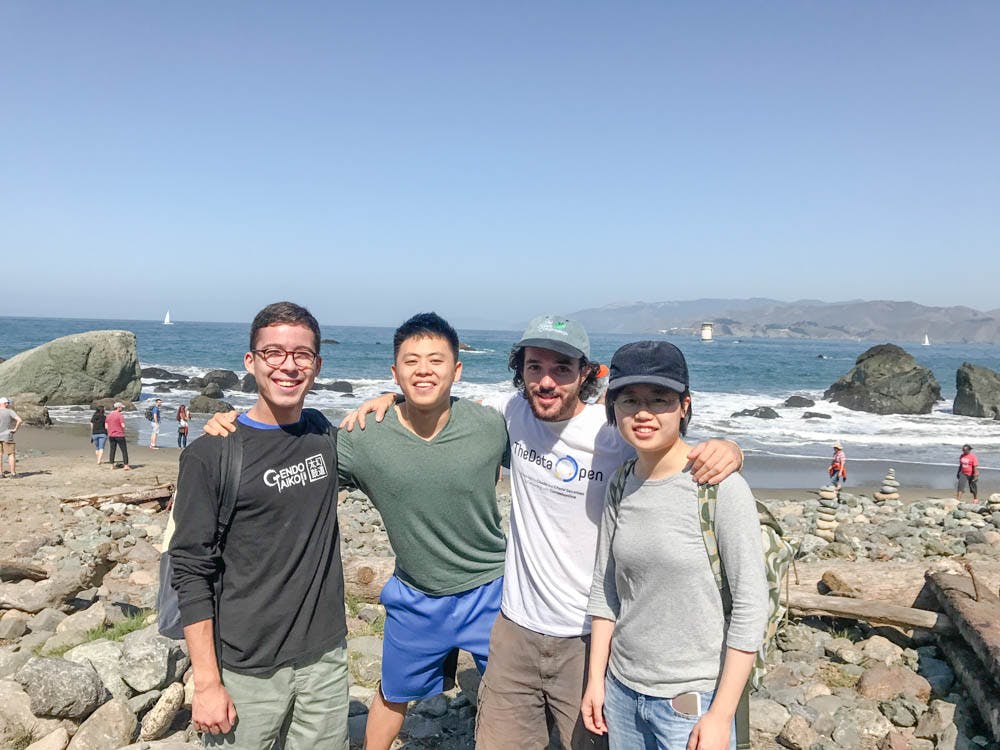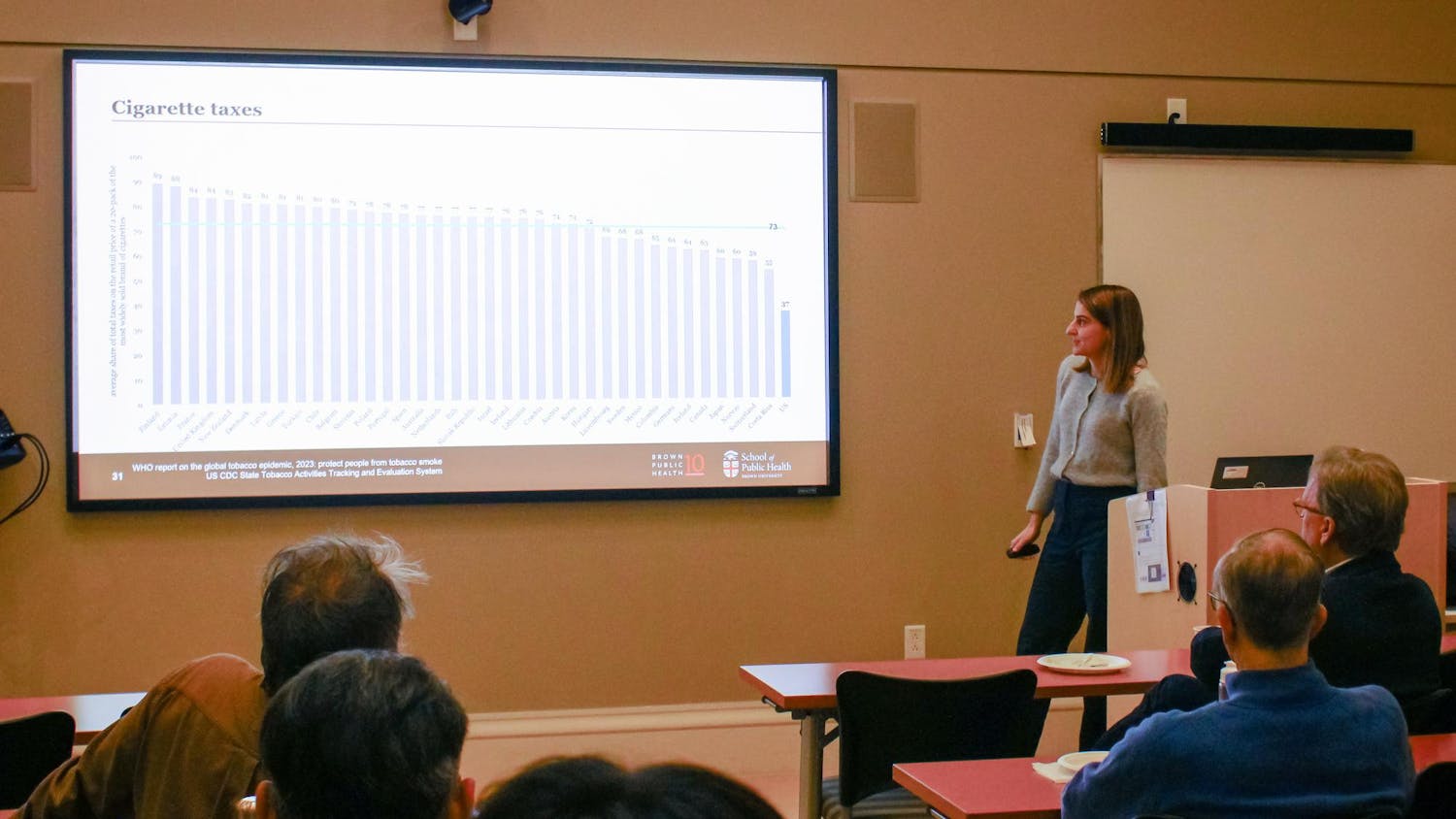Daniel Kunin’s ’17 statistical visualization project “Seeing Theory” has recently garnered attention from students, schools and educators. Working alongside Tyler Devlin ’17, Daniel Xiang ’17 and Rhode Island School of Design graduate Jingru Guo, Kunin created visually stunning representations of statistical concepts ranging from probability to inference. The website uses real world examples to supplement classroom learning.
Kunin was paired with Guo for the final project in a web applications class at Brown, and together, the team created the first version of “Seeing Theory.”
“The (original) goal was to make these interactive visualizations that could contextualize the concepts in an intro stats course,” Kunin said.
“All the (previous) resources seemed outdated, and I didn’t find any interactive visualizations,” Xiang said. “Current online education was plain text with no interaction.” After being accepted as a Royce Fellow to continue his work on the project, Kunin shared the team’s work with a few data scientists and math bloggers, one of whom tweeted about it.
The project went viral.
Since its launch, “Seeing Theory” has morphed from just a supplementary resource into more of an online living textbook, Kunin said. “We expanded the written content massively,” he added. “We’re providing a more detailed written context to each visualization. We’ve also added a whole new chapter on Bayesian inference, and also altered many of the visualizations.”
Xiang was enthused about the clarity of the explanations “Seeing Theory” offers, considering the complicated subject matter, he said. “Everything is in a concise little bite-sized module, and that is really approachable.”
With a RISD background, Guo brought “a whole new perspective on design” to the project that the rest of the team did not possess, Kunin said. The project has helped launch her design career, teaching her how to build a product from scratch using modern design tools, Guo added.
Xiang joined the project following Kunin’s initial work with Guo, and they discussed expanding their team to include Devlin. “We got together at New Baja’s and just sat there for two hours talking about the project,” he said. “I thought (the project) would be a good way to solidify all these topics I had picked up from undergrad.”
Kunin sees the development of “Seeing Theory” coming to a close in the near future. The team hopes to tackle some final bugs before volunteers take over to translate the website into Italian, Chinese, Polish and a number of other languages, he said. “We’ll get to a point when we are satisfied with the results, (and) then we’ll just let it become a resource on the internet.”
“Working on any project, it’s always hard to say this is a place where I can finish.” Guo said. “There’s always a balance between finishing and perfection.”
Xiang hopes that the project will be incorporated into classrooms to help visual learners, though it is not intended to fully replace a first-year statistics education.
“Aesthetics is a very important part of learning,” Kunin said. “Math especially; for me, math is a very beautiful field and, for some students, the best way to teach math is to share that beautiful side of it.”





